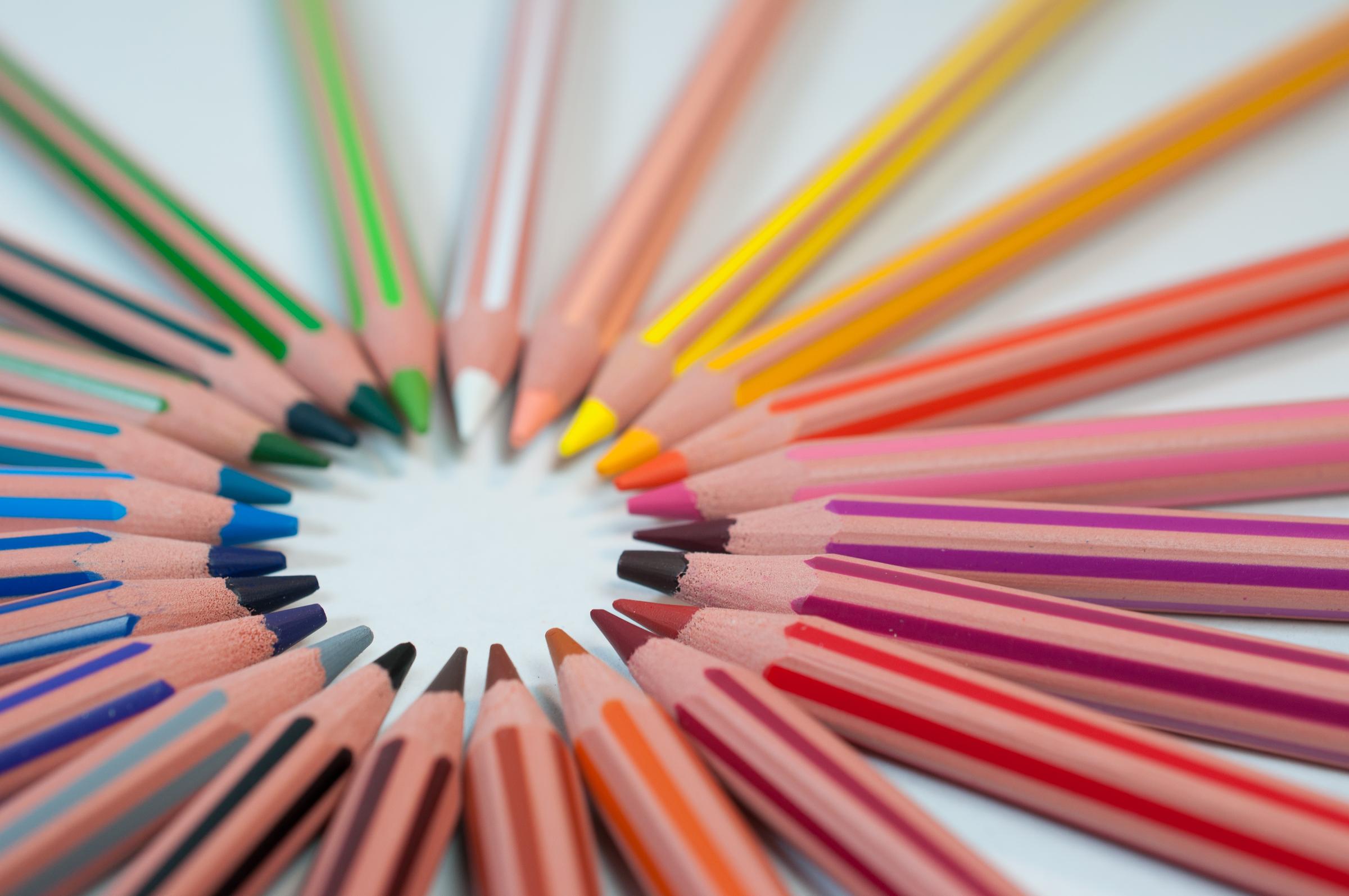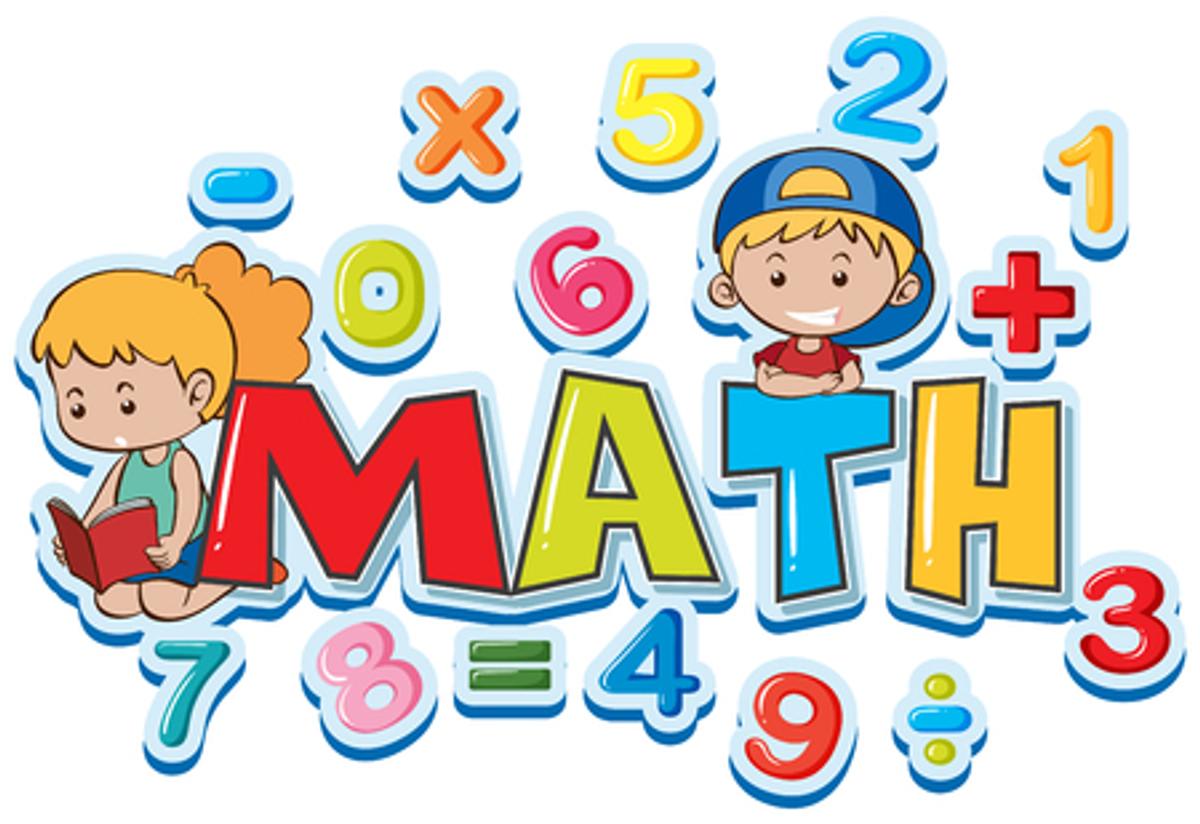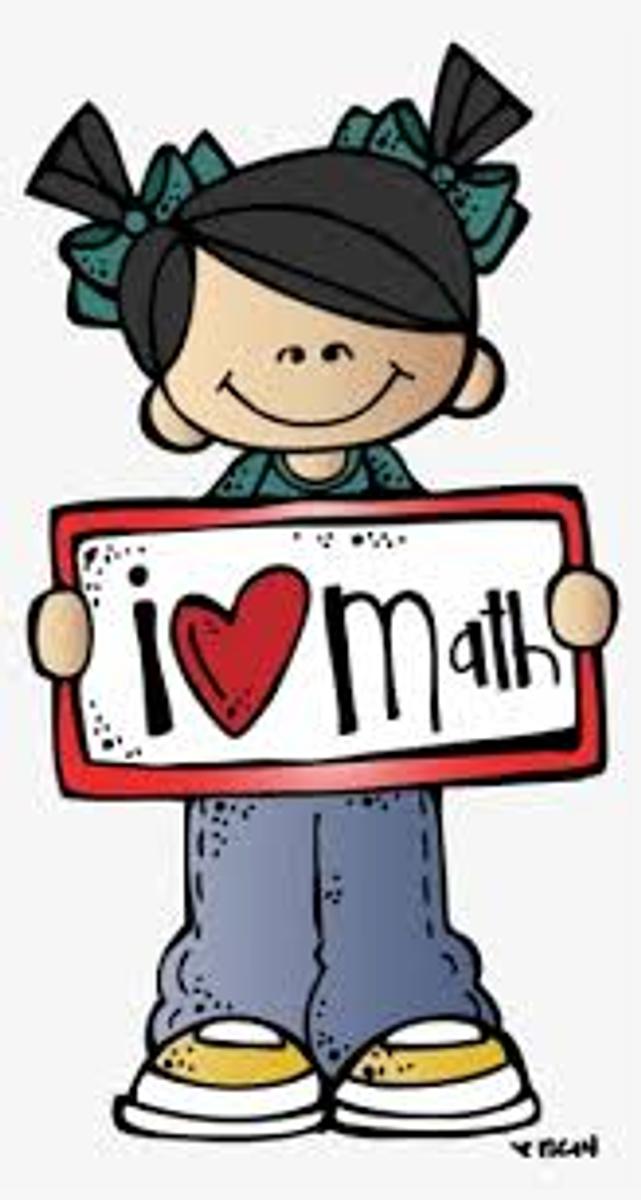Wellbeing/Curriculum News

Maths at Home
Children are exposed to a world of mathematics as they go about their everyday lives exploring and discovering things around them. Mathematical learning has become increasingly important and it is very important that children learn maths in the home, as well as at school. Why not try some of these activities during school holidays with your child/children!
Important Things to Know
1. Problems can be solved in different ways.
2. Wrong answers can help.
3. Doing maths in your head is important.
4. It’s okay to use a calculator.
5. Make maths learning FUN!!!
Activities you can do at HOME
Play a hidden objects game - This game is a good way of developing the skills your child will need in doing sums 'in their head'. It helps children to imagine numbers of objects.
Place five small objects on a tray; buttons, coins, counters or pebbles etc.
Show your child that there are five objects and count them together. Now cover the objects with a cloth and slide your hand under the cloth to remove one or two of the objects from the tray. Show your child how many objects you have removed and ask:
'How many things are left on the tray?'
As your child becomes more confident, start with a larger number of objects on the tray. Once the tray is empty replace the objects a few at a time, again by putting your hand under the cover. After each addition, ask your child to think how many objects are now on the tray.
Guess my number - This is a useful game for playing on a journey. As your child plays the game they will practise thinking about the order of numbers.
Start the game by saying to your child ' I am thinking of a number between 1 and 10'. Explain that the aim of the game is to guess the mystery number by asking questions and that you will only answer 'yes' or 'no'.
Children soon learn that it is more useful to ask "Is the number bigger than 5?" then to ask 'Is it 7?" Older children can progress to guessing mystery numbers up to 100, and by Year 3 they should be able to use questions such as :
'Is it an odd number?'
'Is the number a multiple of 10?' (e.g. 20, 30, 40)
Newspaper numbers. Help your child look for numbers 1 to 100 in the newspaper. Cut the numbers out and glue them in numerical order onto a large piece of paper. For children who cannot count to 100 or recognize numbers that large, only collect up to the number they do know. Have your child say the numbers to you and practice counting up to that number.
Playing skittles
Make a set of skittles using ten cardboard tubes which can be knocked over with a soft ball. After each throw talk about the score:
There were ten skittles and we knocked over 6. There are 4 left standing up. 6 and 4 make 10.
Use ordinary playing cards to develop the skills of counting and recognising numbers. Help your child to:
· play simple games such as snap
· count the symbols on the number cards
· sort the cards into order
· find all the tens, fours etc.
Number of the Day - Ask your children to think up different ways to make the number of the day, using equations. For example: The number of the day was 6.
Joe made 1 + 2 + 3. I did 24 ÷ 4. Dad’s was 20 – 15 + 1, and Grandma said 4 x 25 – 80 – 14.
For older students try using …
· A fraction or decimal 22 x .5 = 11
· All four operations in one equation
(150 ÷ 10) x 3 - 40 + 6 = 11
· Only one numeral
(33 - 3) ÷ 3 + (3 ÷ 3) = 11
· The year you were born
1991 - 1900 - 80 = 11
Variations:
Everyone’s equations must start with the same number. For example, suppose the number of the day is 57 and you pick 10 as the starting number. Here are two possible equations:
10 + 40 + 7 = 57
10 x 5 + 7 = 57
Stories about the number of the day (ages 5–11)
Make up story problems with the number of the day for the answer. For example, for the number 27:
“When we went for a walk yesterday, Ebony found 12 pretty stones. Bryce found 9, and I found 6. How many stones did we find in all?”
“I bought 4 books of postage stamps. Each one had 10 stamps. I used 13 stamps to mail party invitations. How many stamps did I have left?”
Phone Number Sums
What do all the digits of your phone number add up to? For example, 0181 424 1163 adds up to 31. Ask your child to find ten phone numbers in your local phone book or from your smartphone’s contact list with the same total as your own phone number.
REMEMBER “MATHS IS FUN!!!”
Kind regards,
Eva Tomazos
Mathematics Leader
etomazos@sktemplestowelr.catholic.edu.au
Sports Uniform
All children are permitted to wear sports uniform and runners on the days they have sport only. School shoes must be worn with school uniform on the other three days of the week. Black runners do not count as school shoes. White socks are to be worn with both sport and school uniform for both girls and boys. Girls can wear navy tights with their winter tunic.
Sports days this term:
Senior M - Tuesday and Friday
Senior C - Tuesday and Friday
Middle C - Monday and Tuesday - for the next 7 weeks (Week 2 - 8)
Junior TG - Thursday and Friday
Junior D - Thursday and Friday


